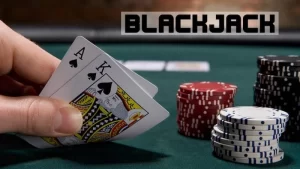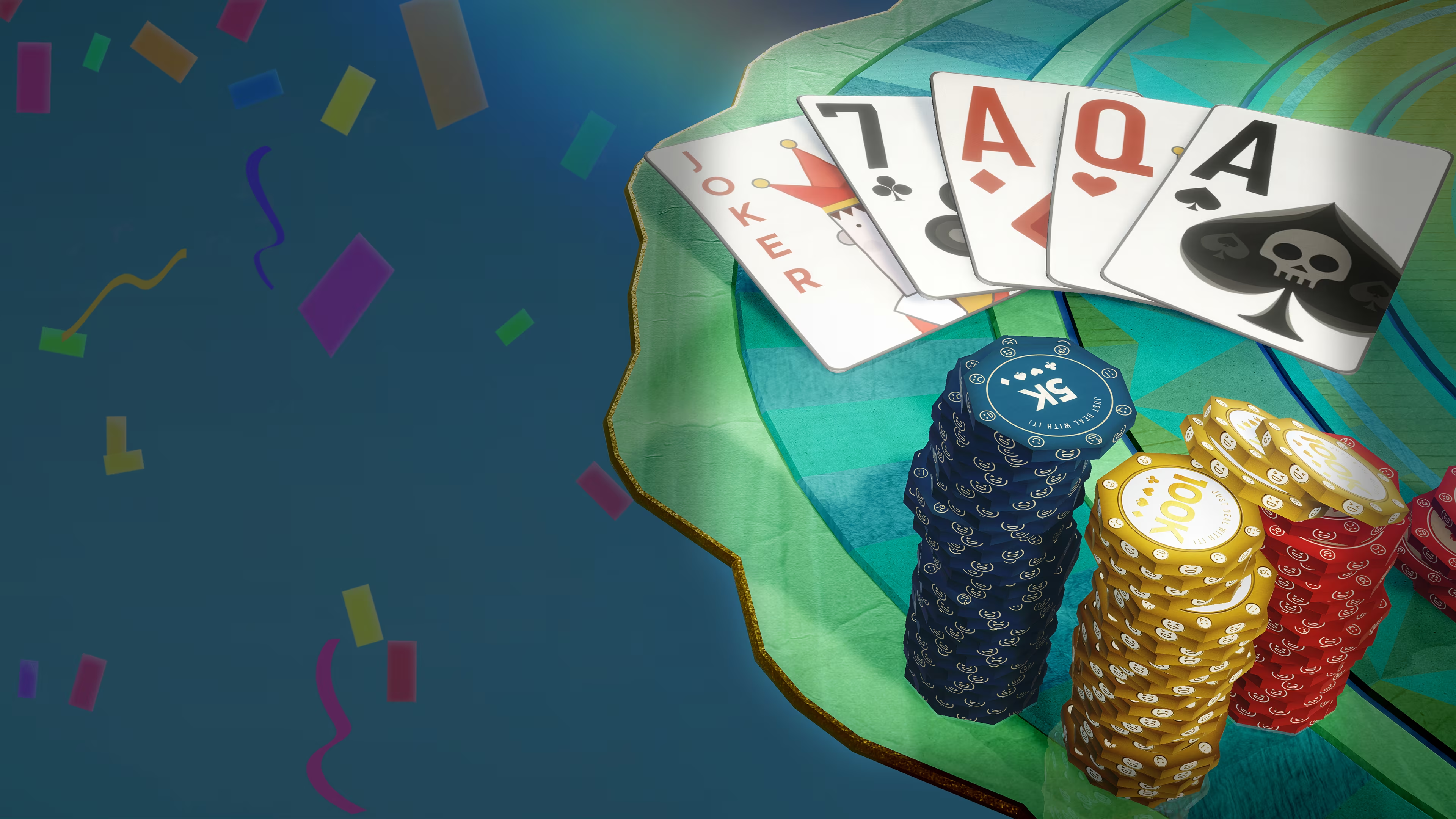Understanding the Rules of Poker: A Beginner’s Guide
Before JiLiAsia get to the advanced Poker tutorials, let’s revisit the basic poker rules. For many people, the rules of Texas poker are quite simple. The truth is not so, with years of experience teaching poker, I realized that most people who play poker for 1 to 2 months still do not fully understand the rules of poker and how to play Texas Poker.
What is Poker?
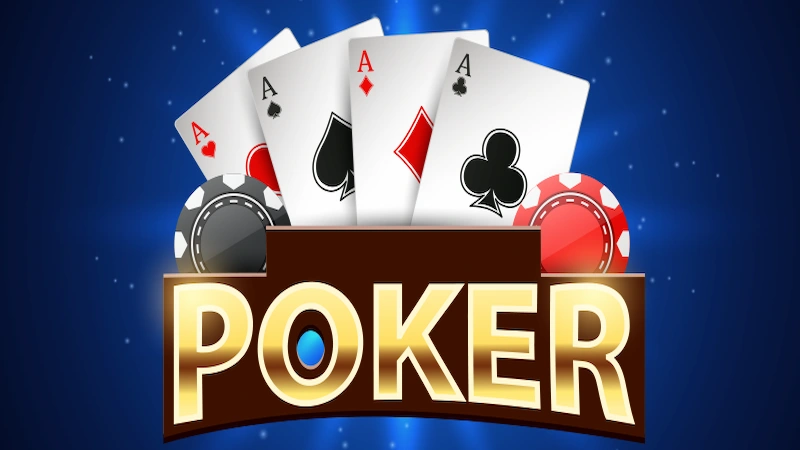
Hold Poker is a card game where you hold two hidden cards (two hold cards) that are not revealed, and players can bet/raise and ot. Whoever has the best hand combination will win the pot, otherwise, the raiser will win if the other players do not follow and fold.
Among the different types of Poker, Texas Hold’em no limit is much more popular at casino. This article will guide you through the rules of Poker, specifically the rules of Poker Texas Hold’em. There are many other types of poker but not as common as Omaha or Short Deck, which we will not discuss in this article.
Overview of Poker rules
The basic way to play Poker is that each player will be dealt 2 cards. Then 3 community cards will be dealt, in the next round 1 community card will be dealt in the turn round and one card in the river round. A total of 5 community cards are dealt. Players will combine 5 community cards and 2 cards in their hand to form the strongest hand. The mistake that newbies often make when learning the rules of Texas poker is not realizing that they can use 2, 1, or no community cards to combine their hand. Between the dealing rounds, preflop, flop, turn, river are the betting rounds. There are a total of 4 such betting rounds. In each betting round, players have the rights to fold, check/call, bet/raise. Usually, in each round, players will have 3 actions.
Let’s continue to follow the poker rules and how to play poker well through the dealing rounds.
Rules of Poker through the dealing rounds
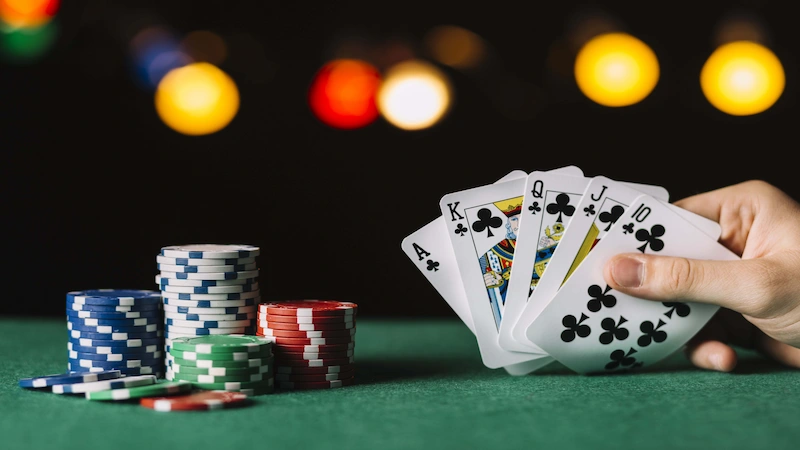
Preflop Round – The first betting round
Before the cards are dealt, 2 people must post blinds (place blind bets). They are called blinds because players have not seen their cards but have to contribute money to the pot. One person will contribute an amount of X (depending on the table) called the small blind. The next person will contribute an amount of 2X (double the first person) called the big blind. This blind posting takes place in turn. To determine this, we use a special chip called the dealer button, which moves clockwise after each round, and the 2 people sitting to the left of the dealer button will take turns posting SB and BB.
After posting the blinds, each player will receive 2 cards. The dealing rule in Texas Poker is to deal the first card from SB to BB clockwise.
Order of action
The next rule of Texas poker that you need to grasp is the order of action. The first person to act in the preflop betting round is the person sitting to the left of the Big Blind. This position is also called UTG (Under the gun). Next, everyone continues to act clockwise. The round of action ends when all players have acted and no one raises further.
In the following rounds of Flop, Turn, River, and ShowDown, the first person to act is the Small Blind, followed by the others.
Actions you can take in the betting round.
Fold
You can fold immediately. When someone bets or raises before you, you can fold, even if no one has bet before you. I fold because I like it. However, we recommend that you always check when no one bets before you instead of folding.
Bet
You put an amount of money into the pot. In live poker, we push chips into the table. The act of betting is an action that helps you collect more chips when you have a strong hand and forces your opponent to fold when your hand is weak. You can bet all your chips or bet the amount of the big blind. We usually play no-limit poker, so you can bet as much as you like.
Raise
When a player has bet before you, you have the right to raise. Increase the amount of money in the pot more than the previous amount. Usually, the minimum raise must be 2x the previous bet. Some places stipulate that the minimum raise can be 1.5 times the previous bet amount.
Call
When someone bets or raises before you, you can follow with the same number of chips they put in. This keeps you in the hand. If you fold, you will be eliminated from the hand immediately.
Check
When no one has bet or raised before you, you have the right to check. You will also stay in the hand and continue to give the right of action to others. Remember to always check even if you know you lose up to 96.69%. Simply put, the act of checking is equivalent to calling with an amount of 0. The two actions of checking or calling are theoretically and practically equivalent. In a situation, only check or call can occur.
According to rules of Poker, there will be 3 main groups of actions:
- Fold
- Check/call
- Bet/raise
Check and call; bet and raise at a time, only one action is accepted. Raise is a special case of bet, when you bet more than the bet of the person before you.
The betting round ends when all players have called, checked, or folded. If 2 or 3 players are still raising over each other, the round continues until they get tired of raising (or until all-in).
Above are the basic rules of Poker and how to play Poker well through the actions in the hand. Let’s follow the Poker rules through the dealing rounds.
Flop Round – The first 3 community cards.
After the first betting round in the preflop, the dealer will deal 3 face-up cards on the table, which everyone can see. These 3 cards belong to everyone. These three cards, combined with the 2 cards in the player’s hand, form a set of 5 cards. It is for this reason that they are called community cards.
Now the second betting round will begin. You can continue to bet more money into the pot. When the second betting round ends, we will continue to the third dealing round.
Let’s move on to the next round of Poker instructions.
Turn Round – The 4th community card.
We continue to be dealt the 4th community card, players will combine the 2 cards in their hand and 4 community cards into the strongest 5-card hand. So at this point, always remember to always combine the strongest 5-card hand, and eliminate unnecessary cards. At this point, we have the concept of kicker (or side card), for example, a pair of Aces with a King kicker or a pair of Queens with an Ace kicker.
River Round – The 5th community card.
At the river round the 5th community card will be dealt. At this point, all cards have been dealt. Players will combine the 2 cards in their hand and the 5 cards on the table to form the strongest hand. Remember to only use the 5 strongest cards. You can use 2 or 1 or even 0 cards from your hand in that strongest 5-card hand.
After the dealing is finished, the final betting round begins. Players continue with the actions of check, bet call or raise and fold.
Showdown Round – Determining the Winner
At the showdown round, all players take turns revealing their 2 hole cards to determine the winner.
Guide to Playing Texas Poker through Hand Comparison
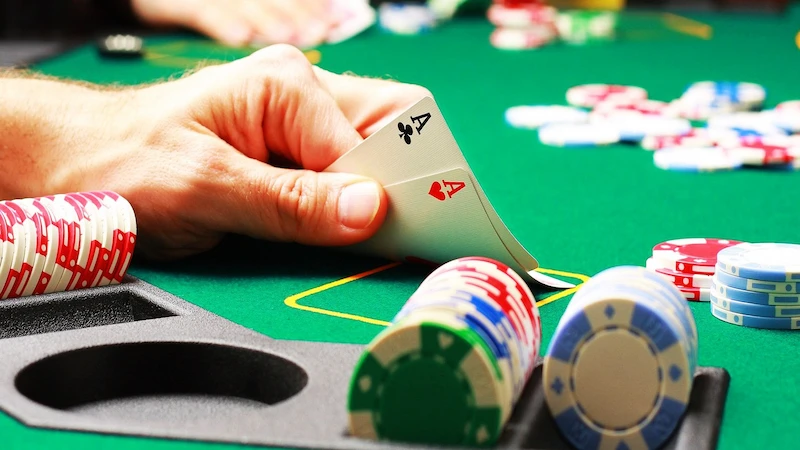
Comparing hands in poker is one of the most important rules you must grasp when learning basic poker rules and how to play Texas poker. A valid hand combination consists of exactly 5 cards, no more, no less. Many people make the mistake of overlooking this factor when they first learn how to play Poker. When learning the rules of Texas poker and how to play poker, always identify your 5 strongest cards to avoid mistakes during the showdown. I have made specific instructional videos on how to deal and compare hands in poker.
Now, let’s go over the strength of hands in poker through the following Texas Poker guide.
Hand Ranking in Poker Rules
Royal Flush
The strongest hand in poker consists of 10, J, Q, K, A of the same suit. This is the strongest hand in poker, and the probability of getting a royal flush is very low; it occurs only once in millions of hands.
Straight Flush
A straight flush is the second strongest hand in poker. It consists of 5 cards of the same suit in sequence. Note that the Ace can be counted as both the number 1 and the number 14. So A-2-3-4-5 or 10-J-Q-K-A are both straights.
Four-of-a-kind
A hand consisting of 4 cards of the same rank.
Full House
When you have 3 of a kind and a pair, you have a full house. Note that if two players have a full house, the one with the higher three of a kind wins. If both players have the same three of a kind, the remaining pair is compared to determine the winner.
Flush
When you have 5 cards of the same suit, you have a flush. And there are also many cases where two players have the same flush. Always remember the rule of ranking the 5 strongest cards to know who the winner is.
Straight
When you have 5 consecutive cards forming a sequence, you have a straight in poker. Note that the Ace can be counted as both the highest card in a 10-J-Q-K-A straight and the lowest card in an A-2-3-4-5 straight.
Three of a kind
Also known as a set or trips (set and trips are different). When you have 3 cards of the same rank, you have three of a kind. This is a very strong hidden hand and wins a lot of money in poker. When there are no flushes or straights on the board, and you hold the top set, feel free to rake in the money. When you hold the strongest hand, your hand is also called the nuts. Always remember to bet for value when you have the nuts.
Two pair
When you hold 2 pairs, for example, a pair of 8s and a pair of 10s, it’s called two pair.
Pair
When you hold any pair, of course, don’t forget the remaining 3 cards. This is where the concept of kicker or side card comes in. The stronger the kicker, the higher your chance of winning. See the example below to understand about kickers.
Summary of How to Play Poker
When learning the basic poker rules and how to play Poker, you must always remember the rule of counting the 5 strongest cards from top to bottom. Don’t just count the pair or set you have, or you might lose a big pot.
In poker, there are the following main betting and dealing rounds:
- Betting Round 01: Posting small blind and big blind Dealing Round 01: Each player receives 2 cards.
- Betting Round 02: Preflop betting round. Dealing Round 02: Flop dealing round with 3 community cards.
- Betting Round 03: Flop betting round. Dealing Round 03: Turn round. The 4th community card is dealt.
- Betting Round 04: Turn betting round. Dealing Round 04: River round. The 5th community card is dealt.
- Betting Round 05: River betting round. Final round: Showdown round (equivalent to dealing round 05)
So a typical poker game will have 5 betting rounds and 5 dealing rounds. A total of 10 rounds altogether. Remember the specific names of the rounds: preflop, flop, turn, river, and showdown.




